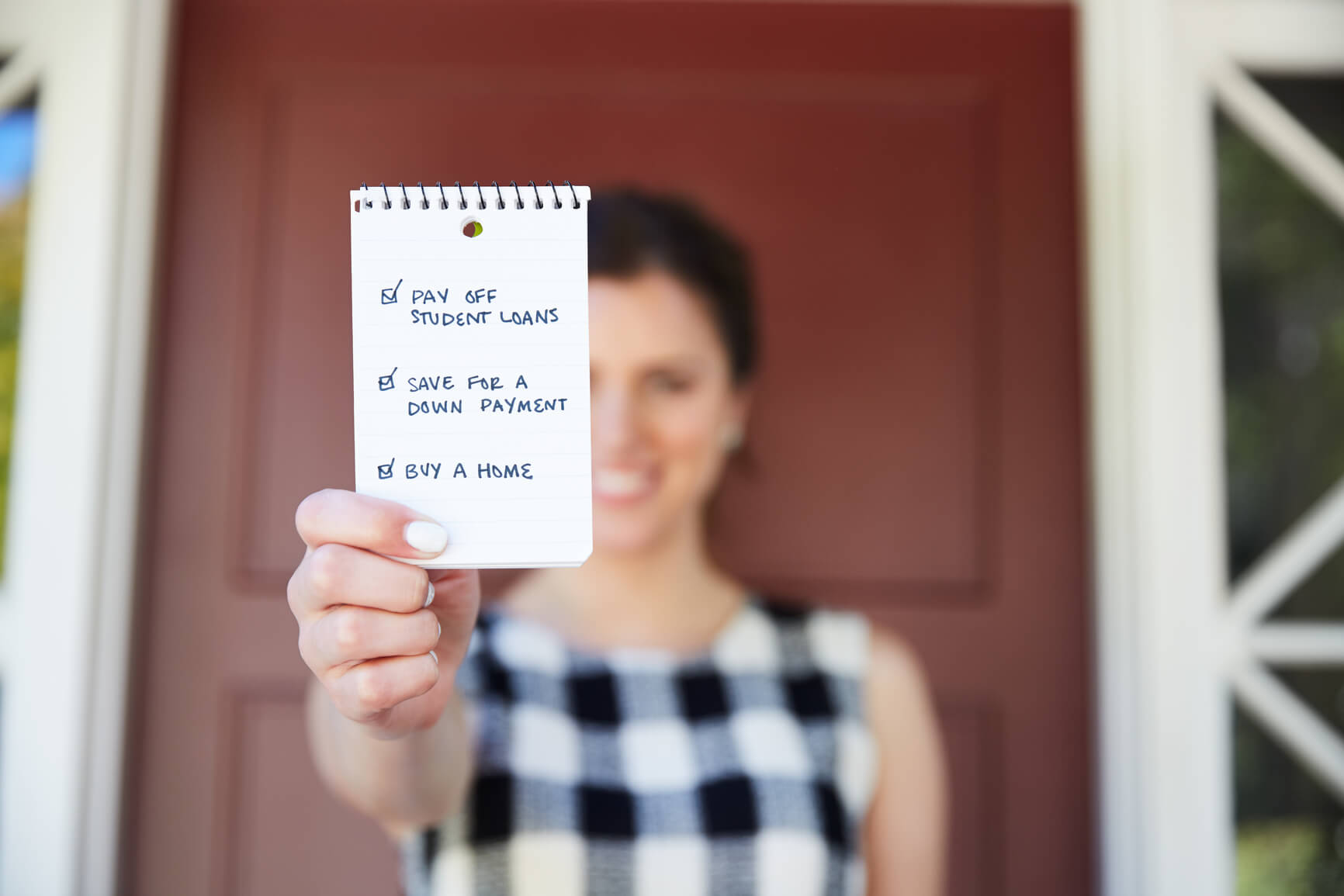-
So you’re a freshly minted adult with something resembling a full time job - great work! You can buy whatever you want, whenever you want, watch whatever you want, whenever you want, and eat chocolate for breakfast if you feel like it. Sooner or later though, you’re going to realise that you need to budget if you’re going to make rent each week.
If you’ve never budgeted before, this might sound like a massive drag. But even if you think budgets suck, they can help you achieve financial stability and self-sufficiency, just like a #realadult. And hey, you might not even need a spreadsheet!
We’ve got two proven methods to show you, plus some budgeting advice for freelancers and contractors.
The emergency fund
Before you even think of budgeting, think about setting up an emergency bank account, preferably one you can’t access with a keycard. The general consensus is that the account should always have minimum $1000 at all times. This is VITAL, because unexpected expenses always come up.
Doctor visits, car repairs, replacing a fried laptop - all have the potential to seriously cripple your finances if you’re not prepared. A recent finder.com.au survey found that almost 20% of Australians don’t have the funds to cover a $500 setback. Even if you live with a partner it’s worth having individual emergency funds, just in case.
The classic budget
You’re probably already across the traditional approach to budgeting - estimating how much per week or per month you’ll spend on rent, bills, food, entertainment and everything else. This will look something like this:
- Rent: $1000
- Utilities: $120
- Phone: $80
- Entertainment: $400
- Transport: $150
This approach works well if you’re really disciplined with tracking and recording your spending - maybe use an app for this. However many people find that it all gets too much though, and soon abandon the budget. If that sounds like your styles, try the proportional approach.
The proportional approach
Instead of guessing exactly what you’ll spend your money on, you may find it easier to divide your paycheck up into percentages. Think of it like dividing a big pie into spending categories.
We can’t tell you exactly what those percentages should be - they’ll be different for everyone - and it might take a few paychecks to get it down. But it’s worth persisting.
A sample proportional budget might look something like this:
- Living expenses (rent, bills, insurance): 40-50%
- Food: 30-40%
- Savings and debt repayment: 10-20%
- Fun stuff (entertainment, clothes, restaurants, etc.): 25-30%
Budgeting gets easier when you don’t have to save for things like dental visits, new glasses or remedial massages. Medibank Healthy Start extras gives you a simple combined annual limit to use at any Member Choice provider, starting at just $11 a fortnight. Find out more.
Easy budgeting tricks (for people who hate budgeting)

-
How to choose the best glasses for your face shape
Your face deserves the best style. Here’s how to find a flattering pair of specs.
-
If you needed another reason to pash your lover, here’s 7
Can kissing be good for you?
-
6 apps to help you be generally better at life
Life admin is made easy with these helpful apps.
-
Are you having a quarter life crisis?
The quarter-life crisis may be more common than you think
Subscribe to receive the best from Live Better every week. Healthy recipes, exercise tips and activities, offers and promotions – everything to help you eat, move and feel better.
By clicking sign up I understand and agree to Medibank's privacy policy




